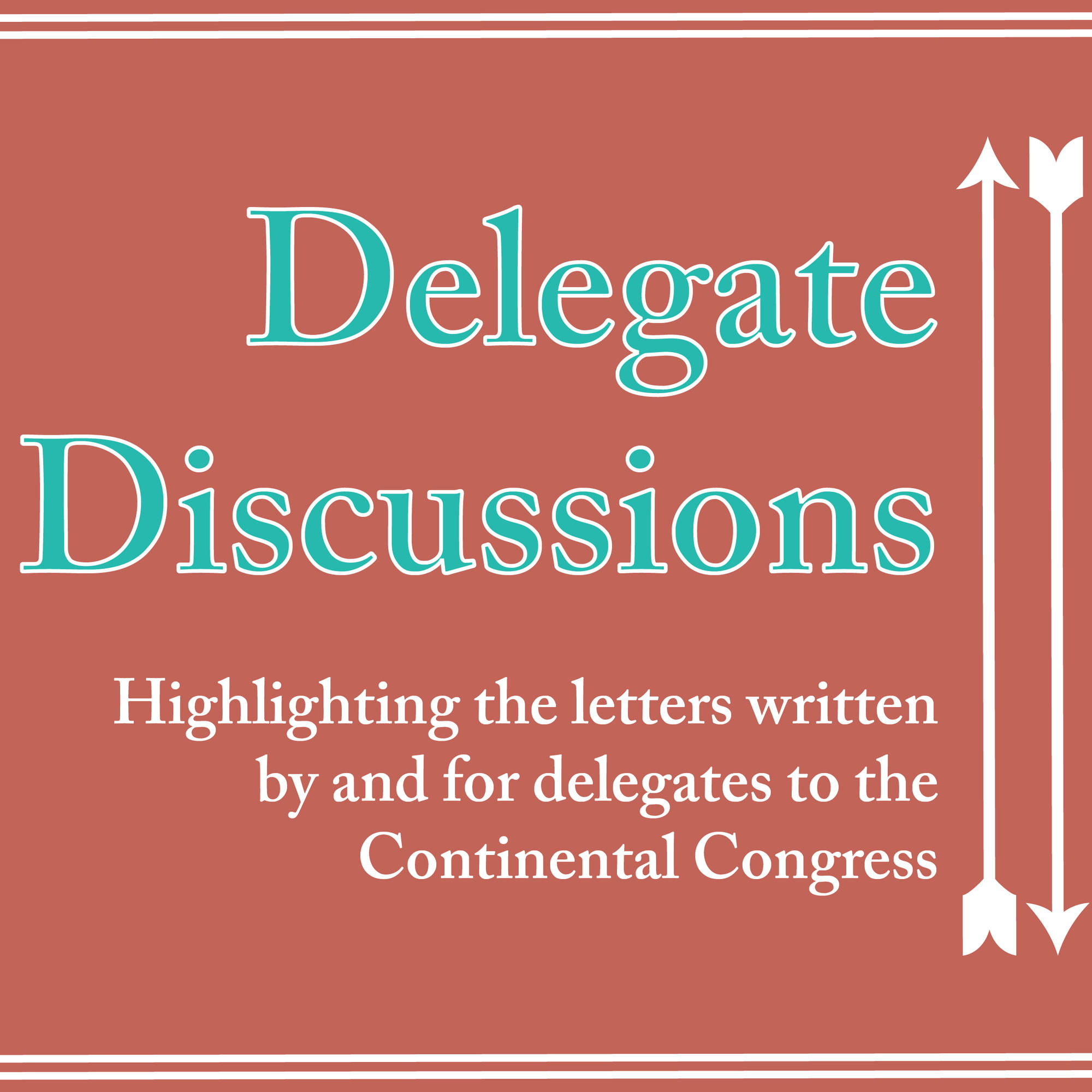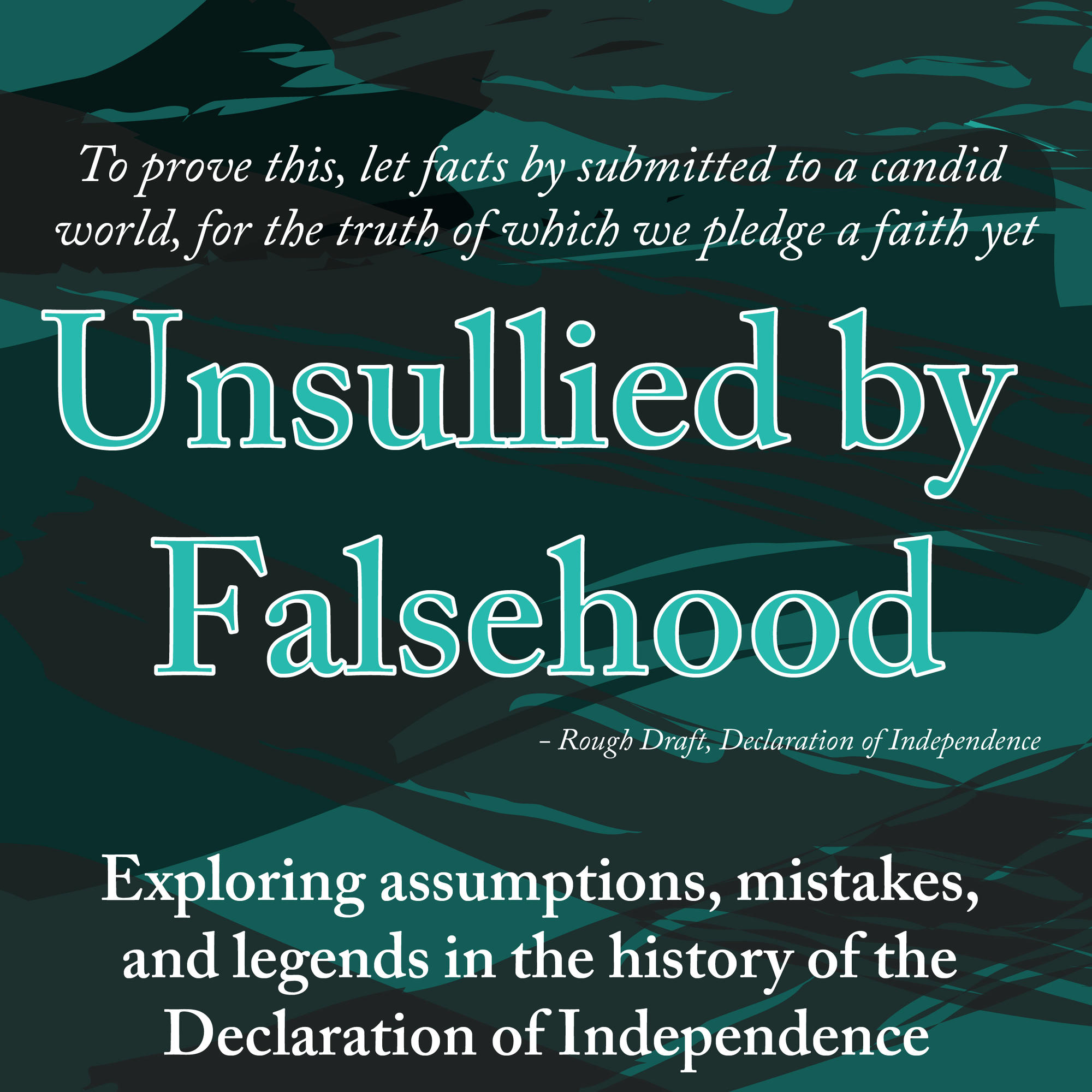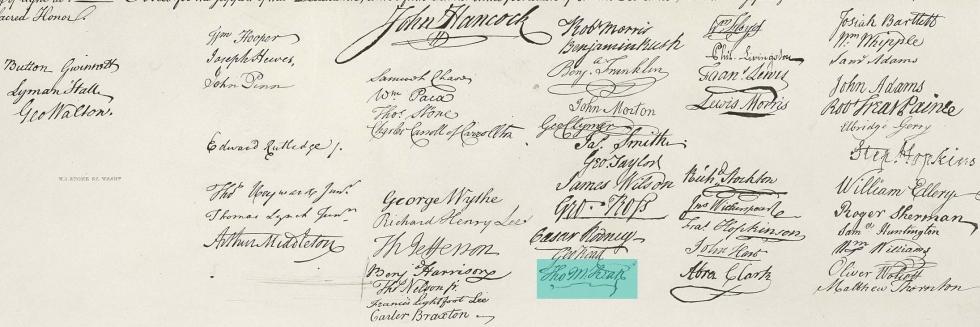 Founding Fathers. Founders. Fathers. Founding Mothers. Signers. Framers. Patriots. The list of terms to describe the individuals who "founded" the United States of America can go on and on. This month, we examine the etymology and accuracy of these terms, and find where the signers of the Declaration of Independence fit in.
Founding Fathers. Founders. Fathers. Founding Mothers. Signers. Framers. Patriots. The list of terms to describe the individuals who "founded" the United States of America can go on and on. This month, we examine the etymology and accuracy of these terms, and find where the signers of the Declaration of Independence fit in.
Merriam-Webster
founding father (n): 1. an originator of an institution or movement; 2. often capitalized both Fs: a leading figure in the founding of the United States; specifically a member of the American Constitutional Convention of 1787
Oxford English Dictionary
founding (adj): Associated with or marking the establishment of (something specified); that originated or created. Spec. founding father (freq. with capital initials), an American statesman of the Revolutionary period, esp. a member of the American Constitutional Convention of 1787
Safire's Political Dictionary (1968, 2008)
Founding Fathers: A group of revolutionaries who took their changes on treason to pursue the course of independency, who are today viewed reverently as sage signers of the documents of U.S. freedom.
... Read more about December Highlight: Founding Fathers?


 Founding Fathers. Founders. Fathers. Founding Mothers. Signers. Framers. Patriots. The list of terms to describe the individuals who "founded" the United States of America can go on and on. This month, we examine the etymology and accuracy of these terms, and find where the signers of the Declaration of Independence fit in.
Founding Fathers. Founders. Fathers. Founding Mothers. Signers. Framers. Patriots. The list of terms to describe the individuals who "founded" the United States of America can go on and on. This month, we examine the etymology and accuracy of these terms, and find where the signers of the Declaration of Independence fit in. In February 1790, Dr. Benjamin Rush wrote a
In February 1790, Dr. Benjamin Rush wrote a 
 Last month, we debunked
Last month, we debunked 
 56 men signed the Declaration of Independence.
56 men signed the Declaration of Independence. 